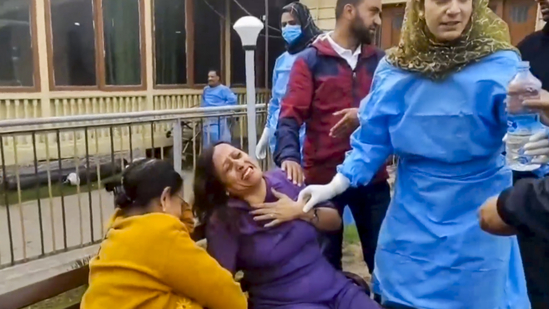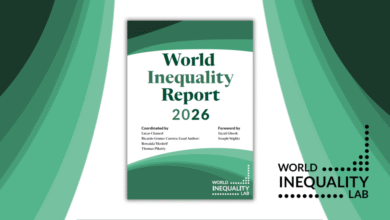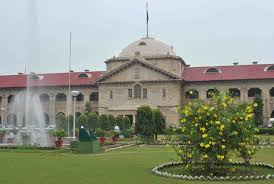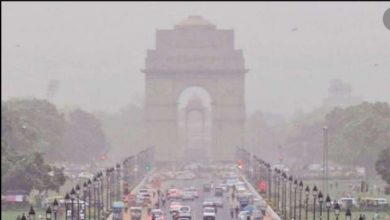Pahalgam Massacre & Risk of Communal Polarisation
( Media Swaraj Desk )
The 22 April massacre at Baisaran Meadow near Pahalgam—where militants methodically selected Hindu tourists for execution—demands our unequivocal condemnation.
Such communal violence is abhorrent and contravenes India’s pluralistic ethos.
At the same time, a measured response is essential to prevent further polarization and to distinguish legitimate policy debate from extremist propaganda’s.
1. The Atrocity: Sectarian Violence in a Tourist Haven
• Tactical sectarianism: Survivors recount how assailants in military-style uniforms first posed as policemen, then tested each man’s faith—asking non-Muslims to recite the kalma or verify circumcision—before executing those identified as Hindus at close range.
• Human cost: At least 28 people died (majority Hindu pilgrims from states such as Karnataka and Maharashtra) and over 20 were wounded, making it one of Kashmir’s deadliest civilian attacks in years.
Condemnation: This deliberate targeting of civilians on religious grounds is a war crime, and must be met with swift justice under both anti-terror and hate-crime laws.
2. Understanding the “85,000 Outsiders” Narrative
Militant propagandists justified the massacre as “resisting demographic change,” claiming New Delhi settled over 85,000 “outsiders” in the Valley. A factual review shows:
• Domicile certificates issued (2022–24): 3,512,184 in the Union Territory, of which 83,742 (2.38%) went to non-state subjects—individuals who did not previously qualify as permanent residents under the old “state subject” rules .
• Scale relative to population: Jammu & Kashmir’s population was 12,267,013 in 2011 . Thus, “outsider” certificates represent under 0.7% of the total.
These figures reflect administrative recognition—of spouses, long-term residents, students, central-government employees and registered migrants—not a coordinated mass settlement program.
3. Land Acquisitions by Non-Locals: A Minimal Footprint
Since Article 370’s revocation, new rules permit non-residents to buy non-agricultural land. Official data show:
• Total outsiders who bought land (2020–22): 185 persons (1 in 2020; 57 in 2021; 127 in 2022) .
• Commercial vs. residential: A further ~2,093 kanals (≈106 ha) of industrial land were allotted to non-local companies; residential land purchases remain negligible.
On a territory of 42,241 km², 185 individual transactions amount to a vanishingly small demographic shift.
4. Why the Discrepancy Matters
• Militant exaggeration: Conflating certificate counts with actual settlement fuels fear and grievance without evidentiary basis.
• Legitimate concerns: Local residents have every right to debate how policy changes affect culture and resources—but such debate must occur through democratic channels, not through violence.
5. Preventing Polarization: A Two-Pronged Approach
Communal dived with political motive is already running havoc in Indian society . Some forces would like to use Pahalgam massacre to further their agenda to spread hatred .
There is already heavy deployment of army , para military forces and police. Being union territory , law & order and security is under the control of central home ministry . But no body has come forward to take responsibility. So the first and foremost , administrative responsibility must be fixed from top to bottom for the massacre.
1. Condemn and prosecute
• Pursue perpetrators firmly under terrorism and hate-crime statutes.
• Ensure transparent investigations to build public trust.
2. Address genuine anxieties
• Dialogue forums: Convene district-level peace committees (Hindu and Muslim community leaders, youth groups, administrators) to air concerns and counter extremist narratives.
• Public education: Launch fact-based campaigns clarifying domicile rules and their limited demographic impact.
• Economic reassurance: Support tourism restoration in Kashmir through inter-faith trust-building measures, ensuring home-stays and local businesses benefit from revived visitor confidence.
6. Conclusion: Rejecting the Terrorists’ Trap
The Pahalgam massacre may have been designed to sow communal fear and fracture India’s social fabric. Nationalists and moderates alike must resist the urge to answer hate with more hate.
Instead, India’s strength lies in rule of law, open dialogue, and mutual respect. By condemning violence in all its forms, rigorously upholding security, and transparently addressing valid local concerns, India can emerge more united—denying terrorists the polarization they crave.
⸻





